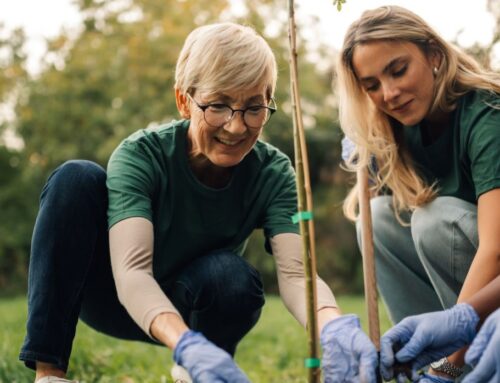Insights article: Ten years on from Byron – are children any safer online?
Ten years on from Byron – are children any safer online?
“The rapid pace at which new media are evolving has left adults and children stranded either side of a generational digital divide.” (Professor Tanya Byron, 2008)
On examining the risks children face from the internet and video games, the Byron Review made 38 recommendations for the government, industry and families to work together to support children’s safety online and to reduce access to adult video games.
Ten years on, are children any safer online?
The National Society for the Prevention of Cruelty to Children (NSPCC) argues “there is still a great deal of work to be done”.
‘Failing to do enough’
The recommendations of the Byron Review were recently revisited by the NSPCC in its new report which reviewed the progress made in implementing them. Of the 38 recommendations, the report found that:
- 16 were implemented (only 13 fully);
- 11 were not implemented;
- seven were partially implemented; and
- for four recommendations, the landscape has changed too much to accurately judge.
Despite the changes in the political landscape and in technological developments, however, the NCPCC notes that the vast majority of the recommendations made in 2008 are still relevant and “urgently need to be addressed.”
Professor Byron herself stated in the foreword of the report that “much has changed over the last decade, but one thing has not: Government is failing to do enough to protect children online.”
Byron noted that, excluding the areas where the recommendations are no longer applicable, still 53% of her remaining recommendations “have either been ignored by Government or have only been partially followed through.”
In terms of the implications, social networks are left to make their own rules with no government regulation, online safety is not yet a compulsory part of the school curriculum and responsibility for child safety online falls heavily on parents who may lack understanding of latest trends, or even children who may not be equipped to make the wisest decisions – all findings similarly highlighted ten years ago. So what has changed?
Progress
The recommendations that were fully implemented include: tighter regulation of new forms of online advertising to children; a more consistent approach to age rating online games; and assessment of e-safety standards in schools as part of Ofsted inspections.
The UK Council for Child Internet Safety was also established as a result of the recommendations – the primary strategy objective. It has since produced various guidance documents for schools, parents and industry.
More recently, as part of the government’s Digital Charter, its forthcoming Internet Safety Strategy will introduce a social media code of practice and transparency reporting. Children are also to be given extra protection online under new data protection laws. Byron describes this as an important step but raises concern that the rules will not be directly enforceable. Moreover, the social media code is expected to be voluntary and does not include anti-grooming measures.
While a voluntary code of practice for websites was a key recommendation of the Byron Review in 2008, Byron has recently argued that “it is much too late for a voluntary code for social networks.”
Just before the NSPCC’s report, it was publicised that there had been more than 1300 grooming offences in the first six months since the Sexual Communication with a Child offence came into force, with almost two thirds of cases involving the use of Facebook, Snapchat or Instagram.
Benefits
Of course, technology has numerous benefits for children and young people. As Byron’s review highlighted, the internet and video games offer a range of opportunities for fun, communication, skill development, creativity and learning.
Digital technology can also be beneficial to children and young people who are disadvantaged. As UNICEF’s recent report – The State of the World’s Children 2017: Children in a digital world – argues:
“If leveraged in the right way and universally accessible, digital technology can be a game changer for children being left behind… connecting them to a world of opportunity and providing them with the skills they need to succeed in a digital world.”
Byron also highlighted the value technologies can have for children and young people living with disabilities that make living in the ‘offline’ world challenging.
As Byron suggested in 2008, what is needed is a balance between preserving the rights of children and young people to reap the enjoyment of the digital world and enhance their learning and development, and ensuring they (and indeed adults) are sufficiently informed to maintain safety.
Way forward
To ensure children have the same rights and security online as they have offline, the NSPCC is calling for:
- a set of minimum standards and a statutory code of practice for online providers, underpinned by robust regulation;
- greater transparency on data and information-sharing amongst industry; and
- clear and transparent processes for reporting, moderating and removing content from sites, verifying children’s ages and offering support to users when needed.
To be effective, the NSPCC specify that these measures would need to be consistently applied to all sites, apps and games where children interact online.
Perhaps the government’s Internet Safety Strategy will introduce more stringent measures as highlighted by both Byron and the NSPCC which will go some way to making children safer in the digital world.
In the words of Byron, “The online world moves too fast for Government to drag its feet for another decade.”
Idox is at the forefront of helping local authorities to meet their statutory duties to provide information, advice and guidance for children and families, adult social care and special educational needs and disabilities. We work with our customers to promote channel shift and to help local populations lead happier, healthier and more independent lives. Contact us via our online form to find out more about our solutions and services.






